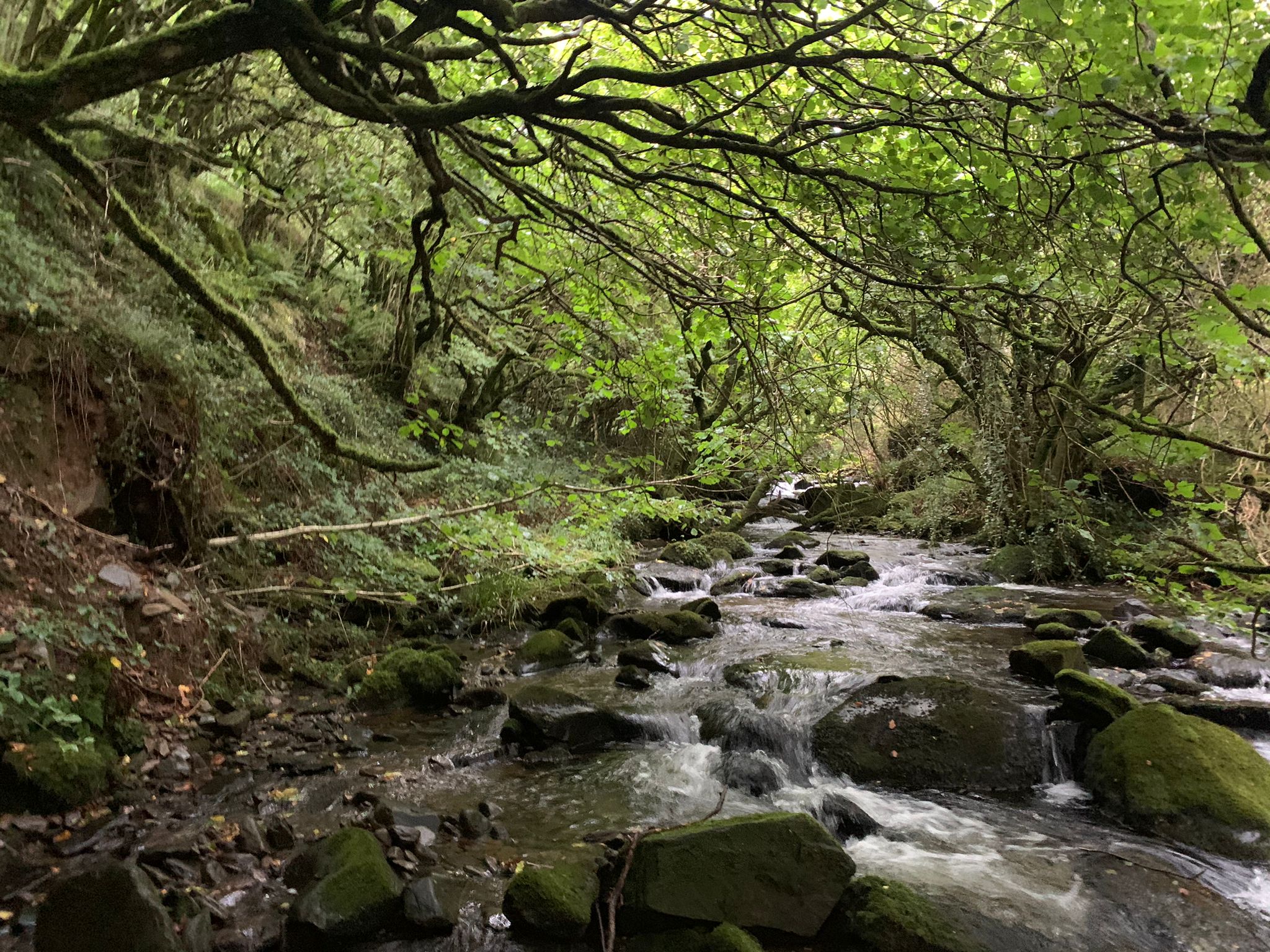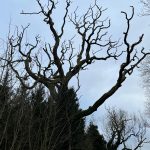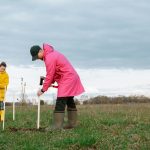
Native Woodlands Ireland
Native woodlands are an important part of Ireland’s natural heritage, culture and history. The history of the native woodlands of Ireland dates back to after the most recent glacial maximum 18000- 20000 years before present. During the glacial maximum, the entire island of Ireland was covered by an ice sheet, meaning that no plant life as we know it today could have survived. The post glacial landscape of Ireland was similar to the arctic tundras, where tree growth is hampered by low temperatures and short growing seasons. During the post glaciation period the climate rapidly warmed transitioning into the Holocene.
All of Irelands tree species migrated into Ireland post glaciation. Trees are believed to have arrived in Ireland via land bridges, gradually advancing northward from the warmer south of the country, as the climate warmed up. The first woody species to colonize Ireland was Juniperus communis (juniper), followed by Betula pubescens (birch) which overtime replaced the juniper, birch is a pioneer tree that is unable to propagate without light. This allowed Corylus avellana (hazel) to replace birch as it was capable of flourishing in the low light under the tree canopy. Pinus sylvestris (pine), Quercus (oak) and Ulmus laevis (elm) arrived next, together becoming dominant tree species, replacing juniper, birch and hazel. The remaining native tree species such as Fraxinus excelsior (ash), Alnus glutinosa (alder) and Salix (willow) arrived later.
The exact extent of native woodland in Ireland has never been definitively determined. The
Forestry Service estimates that there are approximately 85000 hectares (ha) of native
woodland, representing 1.25% of land surface. This is likely an undercalculation
as sites below threshold widths and areas are excluded from most estimates. For example, sites
under one ha were excluded from the national survey of native woodlands 2003-2008. Native
woodlands have become highly fragmented, isolating the species within each existing
woodland site, limiting the genetic exchange between sites.
Threats to native woodlands can be considered internal or external. The
main internal threats come from inappropriate under-grazing and over-grazing, invasive
species and conifer planting within the woodland site. Overgrazing can occur when either
domestic stock (cattle and sheep) or feral/wild stock (goats and deer) has uncontrolled access
in the absence of a predator. Invasive species such as Prunus laurocerasus
(cherry laurel) and Rhododendron ferrugineum (rhododendron) are shrubs that form dense
thickets in native woodlands, preventing rejuvenation of native plants.
Non-native tree species such as beech and sycamore freely rejuvenate in native woodlands,
outcompeting and displacing native species. External threats to native woodland include felling and-or complete destruction of the site, drainage, burning, active quarrying and dumping. The native woodlands that have survived tend to be located in upland areas where the poor-quality soil meant the land was not favourable for agriculture, in addition native woodlands that survived were perceived to have a use, such as the production of firewood or construction materials.
Native woodlands are unique in terms of their biodiversity, they are among the most complex
and biodiverse habitats in Ireland. Their diversity can be attributed to the many forms native woodlands take. Native woodlands in particular are important in terms of biodiversity because species associated with woodlands have evolved to thrive in these environments over thousands of years. This range of diversity cannot be found in non-native woodlands. In recent years, the wider importance of native woodlands has been recognised, most especially in terms of the biodiversity they support. Native woodlands provide a host of ecosystem services, including the protection and enhancement of water quality, quality native wood production, climate change mitigation, social, recreational and educational opportunities.
Five Irish woodland habitats are listed as Annex I habitats: (i) Old Oak Woodland, (ii) Bog
Woodland, (iii) Residual Alluvial Forest, (iv) Yew Woodland, and (v) Hazel/ash scrub/woodland (when located as woody facies of limestone pavement). There are 6468 ha of native woodlands designated as Special Areas of Conservation (SAC) in Ireland.
For further details please contact us at
www.ForestryServices.ie www.Ashdieback.ie www.Euroforestireland.ie




